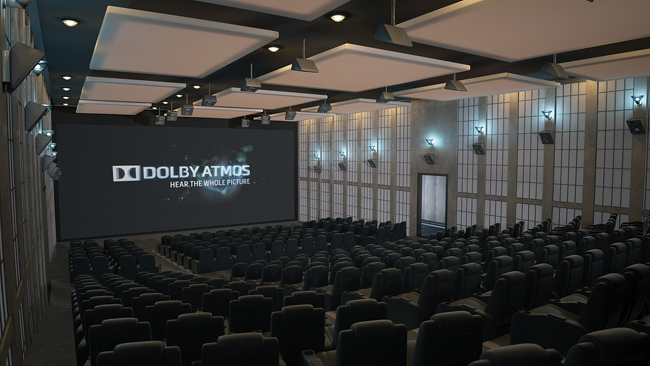richy said:
So maybe this is how the big boys and the big time productions will differentiate themselves from the indies and the do-it-yourselfers. Maybe there will be a sort of film and filmmaking "ghetto" in which the latter will have to operate. Maybe we'll call it "old school," euphemistically, but what it will also mean/refer to is everyone else who cannot afford to roll like that.
But, how do you find an audience for a 'ghetto' film? Sure, you might find a minority audience, as something like The Room has. But will such an audience be enough to warrant enough of a commercial success? When an audience expects perfection, will a film that
isn't perfect still attract an audience? One would be tempted to say that audiences will be attracted to good stories, but that doesn't explain why more indie films don't have larger audiences.
So what was The Hobbit's budget? If everything has to be pretty much real and top notch, what does that mean for budgets?
From reports around the web, it seems that the entire budget for the three films was a bit over $500mil (or half a
billion dollars.
What would that mean for the playing field, if they do start making the big blockbusters that way? Maybe because of the expense and difficulties, 4 and 5 and + K at higher frame rates won't be taking off and dominating the world for some time to come?
It will certainly be interesting to see which way the industry goes. The wider industry seems to be weighing in
against 48fps, though there is the minority of larger Directors shooting at higher frame rates for 3D. But then, the industry would seem content with shooting/finishing in 2k and yet RED are releasing their new 6k sensor, Sony are releasing an update for the F65 to shoot in 6k and eventually 8k..
4k televisions and especially 4k broadcast television are a fair way off, but that doesn't necessarily mean much for film acquisition.
For some reason, the technology makers are really,
really pushing higher spatial resolutions and the like, perhaps at the reluctance of filmmakers - at the moment, we're pretty happy to shoot Alexa, even at 2.5 or 3k as it gives a better
looking image than a Red or F65 at 4k, 6k or whatever. And even for 4k projection, Deakins himself was happy with the Skyfall blowup for IMAX.
Somewhere along the line, the focus is shifting from the look of the image to the pixel count, the technology, when really the artistry behind this business should mean that the focus should only be on the look of the image. I'd be interested to hear from any of the audio guys if any similar effect is happening in audio, or perhaps has already happened - where there are those who seem to care more about perhaps track count, or native processing rather than the actual
sound of it. I mean, perhaps it's different in audio as you perhaps need a minimum of x amount of tracks or x processing speed, whereas on the image side all taht should really matter is what ends up on the screen, not how many pixels are on the sensor that you used to
capture.
Although, I guess there are those who truly think that RED looks better than Alexa or even film, and even Deakins himself seems to prefer the look of Alexa to 35mm - I certainly agree that the Alexa's colour rendition is better, but I'm not sure I'd go as far to say that Alexa looks
better than 35mm capture. Certainly it is the closest digital acquisition format to 35mm, at least look-wise, with an easier-than-35 workflow.
I understand shooting RED for 3D, as they're smaller and lighter, but even then - if it means blown out windows and highlights in your movies, was it worth it? Is it better to make a stunning 2D image, or a very good looking 3D image?
I'd be interested to know if the blown highlights are a result of them
actually being blown, or a result of the grade. I will see if it's much different in HFR. I'd also be interested to see it in 2D to compare, I'd imagine that the colourist brightened up the image to make up for the inherently darker image you get in 3D (which so many filmmakers don't account for - simply grade so it looks good in 2D meaning everything looks dark in 3D) so I'd be really interested if such shots remain blown out, and if the quality loss is still present in 2D.
 I can't comment on the HFR stuff as I haven't seen HFR yet.
I can't comment on the HFR stuff as I haven't seen HFR yet.


